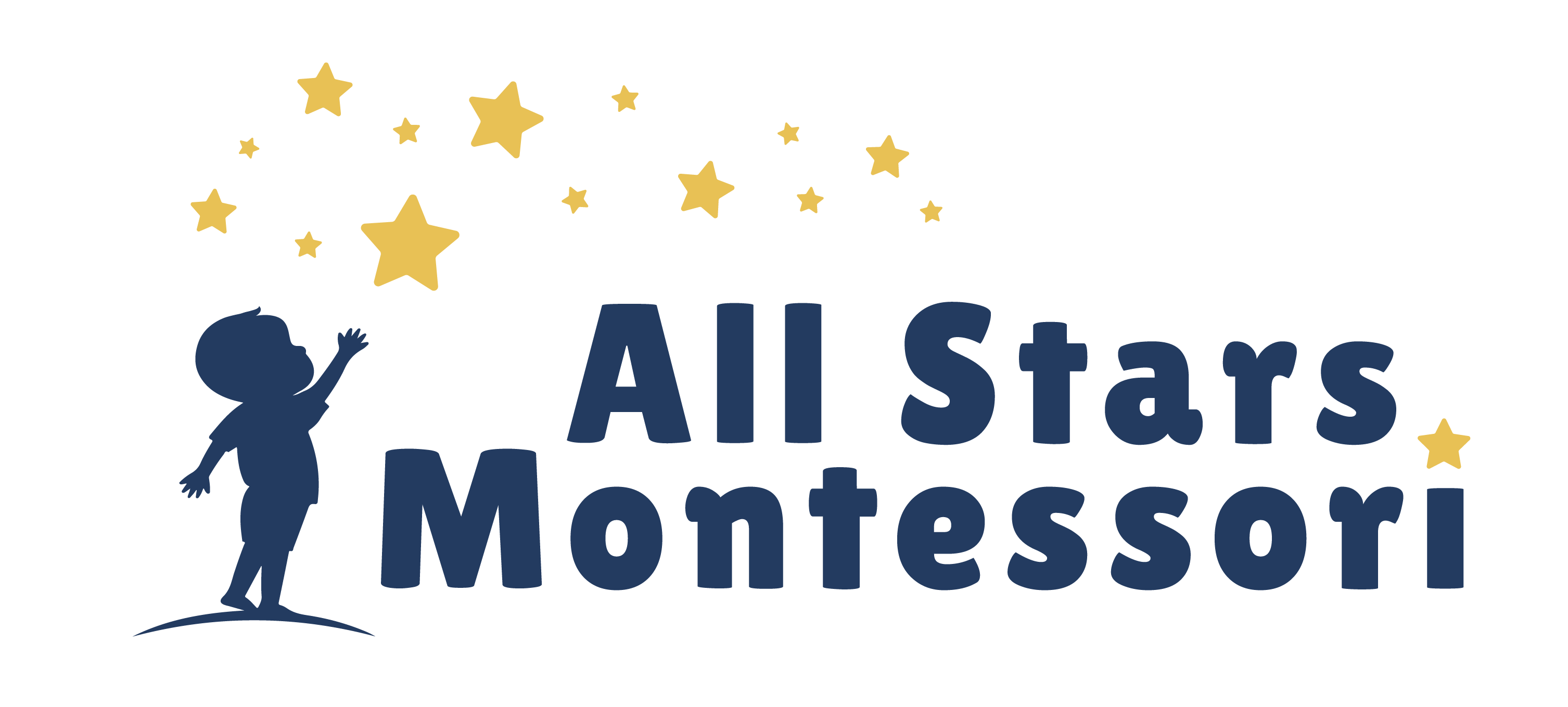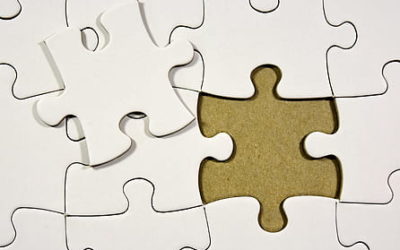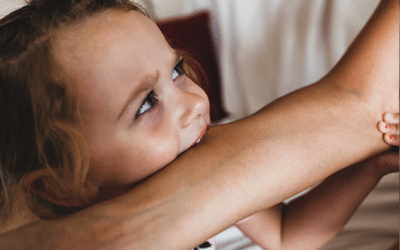There is a variety of early childhood educational choices with different philosophies and methods available when you are looking for child care or preschool for your child. Some programs have a religious curriculum; others are centered around language immersion; some follow the Montessori method; and others simply take a traditional approach. Although you have likely heard of most of the different types of early childhood approaches, you may never have heard of a “Reggio inspired classroom”.
Reggio is not an educational method, but rather an approach to learning that began northern Italy during the 1940s. When setting out to develop schools for the community, the parents of the village of Reggio Emilia embraced a special approach that focused on helping children to become better citizens. Working with a psychologist (Loris Malaguzzi), they developed a “project-based” style of teaching that followed the interests of the child and they designed classrooms that provided a warm, welcoming and home-like environment for children to learn and explore in. Eventually the method was known and appreciated by educators around the world and today there are many Reggio inspired classrooms emphasizing hands-on discovery that encourages children to use all of their senses to learn.
The Reggio approach doesn’t have any specific materials that are used for teaching, but rather looks at the environment as a whole and sets out to make it feel like home to the children. In a Reggio inspired classroom, you will see décor made out of natural materials that are appealing and inviting, framed pictures, vases of flowers, baskets and rugs to help create order and other home-like touches. All of these are ways to make the classroom comfortable and to help the children to feel at home in their space. While the children interact with their environment, they will naturally make observations and have questions. Teachers use this curiosity to encourage the children to work together in order to find the answers on their own. Seeing this process unfold is an important part of the learning experience and for this reason, the Reggio approach includes documentation. Using photos, videos, notes and dialogues, the teachers and children are able to reflect on what they’ve learned.
The Reggio approach to teaching parallels the Montessori philosophy because it encourages a child led and teacher guided experience. Because of how the two approaches complement one another, and because providing a warm, home-like environment has always been part of All Stars Montessori’s mission, they have incorporated many of the Reggio inspired touches throughout their school. When you walk in the front door you will feel like you’ve entered someone’s home as you are greeted by a comfortable sitting area. This feeling continues into the classrooms where you will find framed photos, plants and flowers and an eclectic collection of stools, shelves and other fixtures made out of natural materials. Providing an comfortable environment that emphasizes curiosity and creativity helps children feel confident and ready to learn!




0 Comments
Trackbacks/Pingbacks